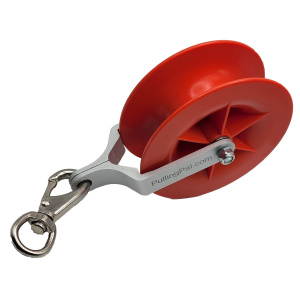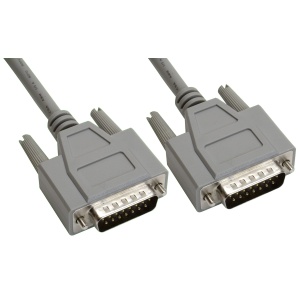Introduction
Electrostatic Discharge (ESD) equipment has a vast array of applications across numerous industries, including electronics, manufacturing, and telecommunications, to name just a few. However, as essential as they are, improper usage can lead to potential risks, both to the user and to the equipment itself. To help you navigate these waters, our comprehensive guide on “How to Use ESD Equipment Safely” will enlighten you with the right knowledge and best safety practices.
How to Use ESD Equipment Safely
Understanding how to use ESD equipment safely is the first step towards ensuring a risk-free working environment. The best practices include having a well-grounded workstation, wearing the right attire, and regularly inspecting your ESD equipment. Let’s dive deeper into these facets.
1. Setting Up a Grounded Workstation
The key to safely using ESD equipment lies in establishing a grounded workstation. What does this mean? Simply put, all ESD-sensitive devices must be connected to the ground to prevent the buildup of static electricity. A grounded workstation involves the use of ESD-safe work mats, grounded ESD flooring, and anti-static wrist straps.
1.1 ESD-Safe Work Mats
ESD-safe work mats should be placed on all workbenches dealing with ESD-sensitive devices. These mats are designed to slowly dissipate static charges, preventing sudden discharges that can damage equipment.
1.2 Grounded ESD Flooring
If your workspace deals extensively with ESD equipment, it’s wise to invest in grounded ESD flooring. This specialized flooring has conductive properties that channel static electricity straight to the ground.
2. Wearing the Right Attire
Believe it or not, your clothing can generate a significant amount of static electricity. Therefore, wearing ESD-safe attire is crucial when working with ESD-sensitive equipment.
2.1 ESD Lab Coats
ESD lab coats are designed to minimize the generation of static electricity, offering a reliable first line of defense.
2.2 ESD-Safe Shoes
ESD-safe shoes, often paired with conductive shoe covers, ensure that any static charge is grounded and doesn’t build up on the user.
3. Regular Inspection and Maintenance of ESD Equipment
Regularly inspecting your ESD equipment for signs of wear or damage is crucial. In addition, testing your ESD control items, such as wrist straps and work mats, should be part of your routine.
3.1 Inspecting ESD Equipment
Look for signs of physical damage that may hinder the equipment’s performance or compromise its safety.
3.2 Testing ESD Control Items
ESD control items should be tested regularly to ensure they are functioning correctly and providing adequate grounding.
Potential Risks of Mishandling ESD Equipment
Understanding the potential risks associated with mishandling ESD equipment is key to realizing the importance of safety measures. Mishandling can lead to equipment damage, workplace injuries, and even business disruption.
1. Damage to ESD-Sensitive Equipment
Mishandling ESD equipment can result in irreversible damage to ESD-sensitive devices. The cost of replacing these devices can quickly add up, affecting your business’s bottom line.
2. Workplace Injuries
While ESD equipment is generally safe to use, mishandling can lead to minor injuries like electrical burns. In severe cases, it can even result in dangerous electrical shocks.
3. Business Disruption
Damage to crucial equipment can halt operations, resulting in downtime that can severely impact your business’s productivity and profitability.
FAQs on Using ESD Equipment Safely
1. What is ESD equipment?
ESD equipment refers to devices designed to control electrostatic discharge in environments dealing with ESD-sensitive components. These include anti-static mats, wrist straps, ionizers, and ESD-safe clothing.
2. Why is it important to use ESD equipment safely?
Using ESD equipment safely is essential to prevent damage to sensitive electronic components, avoid workplace injuries, and ensure smooth business operations.
3. How often should ESD equipment be inspected?
Inspection frequency depends on your specific environment and the nature of your work. However, a good rule of thumb is to inspect ESD equipment at least once a month.
4. How can I establish a grounded workstation?
A grounded workstation can be established by using ESD-safe work mats, grounded ESD flooring, and anti-static wrist straps, all connected to a common ground point.
5. Is it necessary to wear ESD-safe attire while working with ESD equipment?
Yes, wearing ESD-safe attire is crucial as human bodies can generate and accumulate static electricity, which can potentially harm ESD-sensitive components.
6. Can I test ESD control items myself?
Yes, with the right equipment, such as surface resistance meters and wrist strap testers, you can perform routine tests on your ESD control items.
Conclusion
Understanding “How to Use ESD Equipment Safely” is essential to ensure a safe and productive workplace environment. With a grounded workstation, proper attire, and regular inspection of your ESD equipment, you can confidently prevent ESD-related mishaps. Always remember, safety first!












